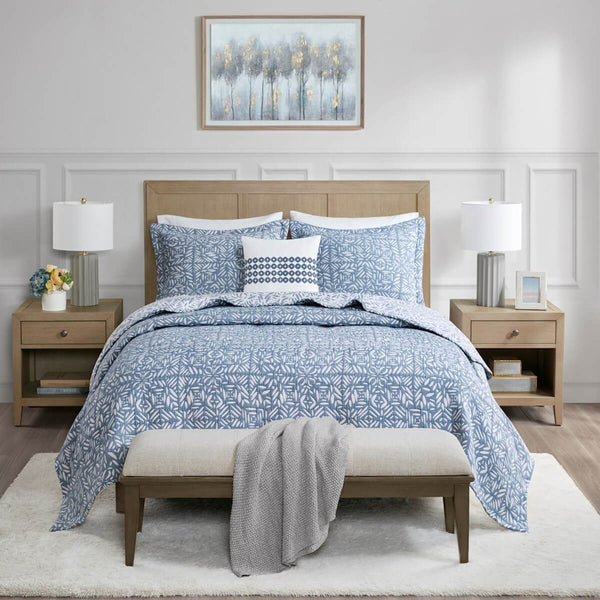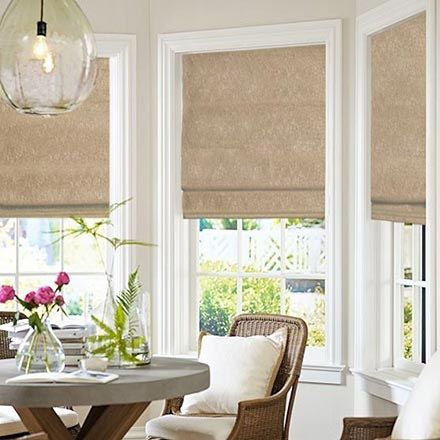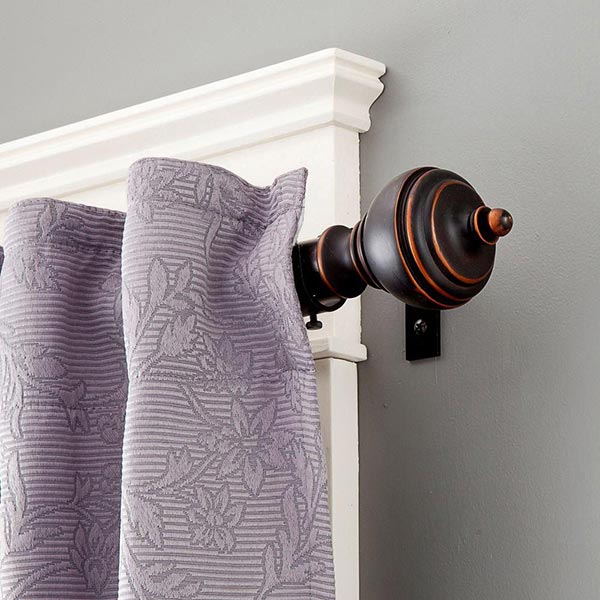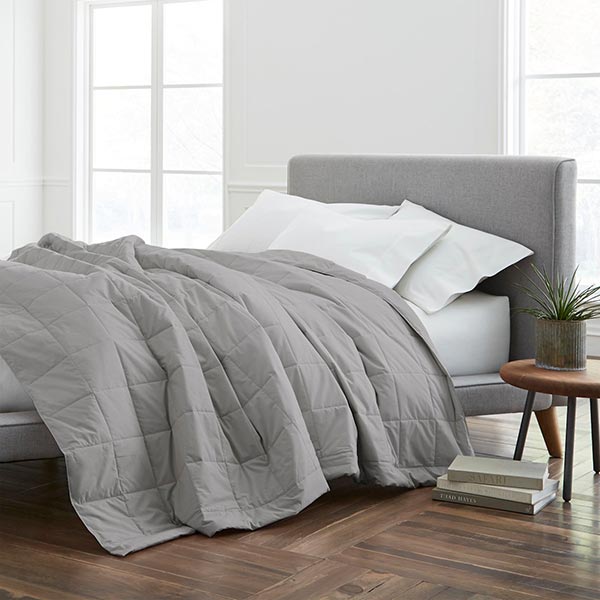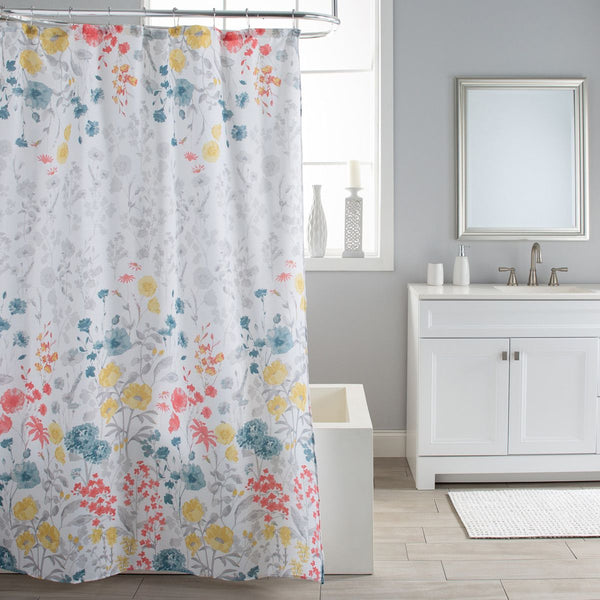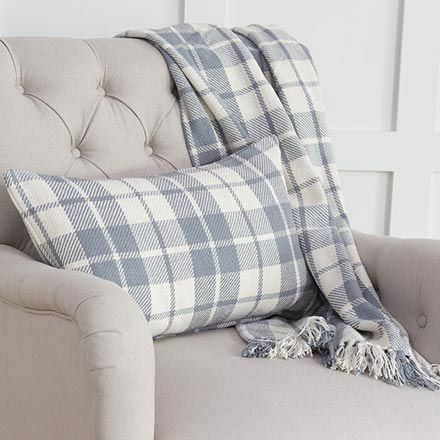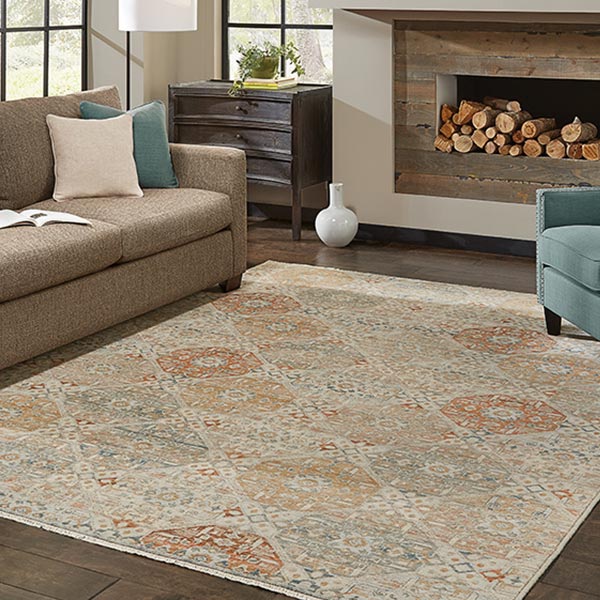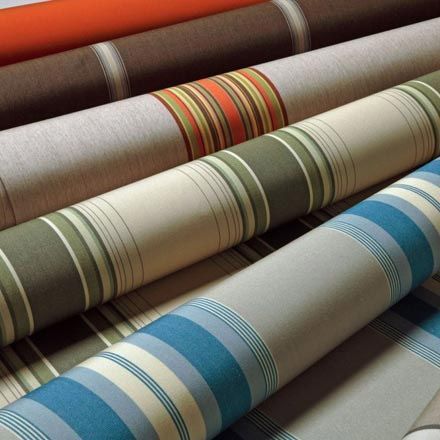
Hypoallergenic Bedding for Spring
For most, Spring is a time of rejuvenation and new beginnings. Flowers are in bloom, the sun is shining, and warmer weather is on the way. For many, Spring is also a time of sniffling, sneezing, coughing, and dealing with watery eyes, and headaches. There isn’t much anyone can do about the fine layer of pollen that will hang in the air, coat cars, and blow through open windows. There is however, something you can do to minimize household allergies, and ensure you at least get a good night’s sleep.
When addressing household allergens, the bedroom is a good place to start. It can be hard to get a good night’s sleep and feel your best, when allergies are keeping you awake at night. Beds are ideal spaces for dust mites and other allergens to live, so it is important to make sure you have bedding that will help combat them and reduce your symptoms. In general, silk, cotton, wool, polyester, and memory foam are materials that are naturally hypoallergenic or antimicrobial. Down or feathers are generally good to avoid if you suffer from allergies, although there are some hypoallergenic options on the market. To start, let’s talk about mattresses. Your mattress is the perfect home for dust mites, and is difficult to clean. Washing in hot water is not a viable solution here, but mattress covers are. A mattress cover provides a barrier between you and any allergens living in your mattress, and is one of the most effective ways to reduce your nighttime allergies. Mattress covers, pads, and toppers come in many forms, but as a general rule, look for products that say things like ‘hypoallergenic’ or ‘antimicrobial’. If you are looking for a topper for added comfort, look for ones made out of memory foam or polyester fiber, like our Memory Loft Fiber Bed. Whether you use a topper or not, make sure you also use a pad or cover, like our Cool Max 300 Thread Count Mattress Pad, that will cover the top and sides of your mattress. The next important bedding element to consider is pillows. Like mattresses, pillows are soft, gushy spaces that are perfect for dust mites. So again, it is important to create a barrier around your pillows to keep new allergens from taking up residence and to keep existing ones from puffing out and up your nose everytime you turn over. We’ve got a couple great pillow cover options for people who struggle with allergies, including the All-In-One Pillow Protector with Bed Bug Blocker, and the Fresh Ideas Allergy Relief Pillow Protector. Pillows are a lot easier to replace and wash than mattresses, so it is also important to talk about the type of pillow you are using. Pillows that are hypoallergenic or antimicrobial will help keep away allergens to begin with. Avoid down and feathers and look for pillows made of wool, memory foam, and hypoallergenic fiberfill. Also look for pillows that are machine washable, so that you can easily clean them for added protection against allergens. When it comes to top layer bedding, you’ve got lots of options. There are lots of hypoallergenic comforters and duvets on the market. In addition, quilts and bedspreads made of cotton or wool are naturally hypoallergenic because of their breathability. Check out our Hayden Alternative Down Comforter Set, our Cloud Alternative Down Comforter, or our Guinevere Cotton Quilt Set. Investing in bedding that will reduce allergens is an important part of the puzzle, but it is not the whole solution. The rest is up to you, and it involves washing your bedding frequently in hot water, weekly if possible, dusting, and vacuuming. Upping your cleaning game is easier said than done, but your future self will thank you when you start sleeping through the night sniffle and sneeze free.
